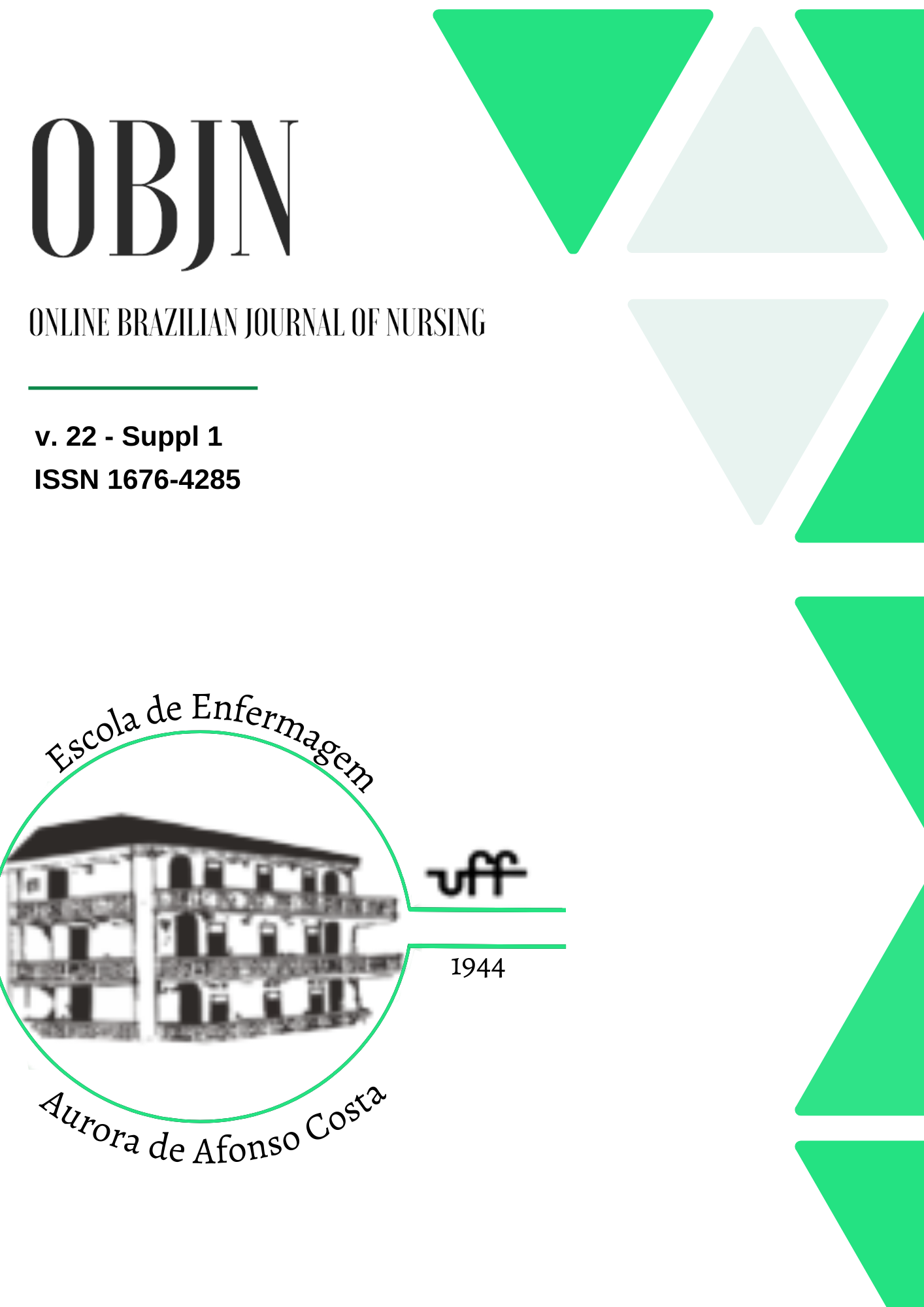Abstract
Objective: To describe instructional strategies and resources used with a multisensory approach for face-to-face teaching of undergraduate nursing students and to summarize the authors’ discussions/conclusions regarding the impact of teaching with this approach on the student’s learning process. Methods: The Joanna Briggs Institute (JBI) methodology was used to develop this protocol and will be used to conduct and report the scoping review. There will be no restrictions on language, date, or type of publication. Sources of information will include PubMed, Cumulative Index in Nursing and Allied Health Literature (CINAHL), PsycINFO, Scopus, Excerpta Medica Database (EMBASE), Web of Science, Educational Resources Information Center (ERIC), Virtual Health Library (VHL) portal, Scientific Electronic Library Online (SciELO), ProQuest, and five sources of grey literature. Rayyan and JBI SUMARI software are used for study selection. Title and abstract screening, full-text reading, and data extraction will be performed by two independent reviewers using a tool developed and tested by the authors. If necessary, a third reviewer will be involved. The results will be presented in a narrative format, graphs, or tables.
References
Rostan NNA, Ismail H, Jaafar ANM. The use of multisensory technique in the teaching open syllables reading skill for preschoolers from a teacher’s perspective. SAECJ [Internet] 2020 [cited 2023 jan 24];9(2):155-65. Available from: https://eric.ed.gov/?id=EJ1288817
Ferreira FM, Vasconcelos C. The Impact of Multisensory Instruction on Geosciences Learning and Students’ Motivation. Geosciences. 2020;10(11):467. https://doi.org/10.3390/geosciences10110467
Prasannakumar S. Improving Working Memory in Science Learning through Effective Multisensory Integration Approach. IJMBC [Internet]. 2018 [cited 2022 oct 02];9(1-2): 83-94. Available from: https://eric.ed.gov/?id=ED598823
Straub RH. The memory of the fatty acid system. Prog Lipid Res. 2020;79:101049. https://doi.org/10.1016/j.plipres.2020.101049
Stein BE, Stanford TR, Rowland BA. Multisensory Integration and the Society for Neuroscience: Then and Now. J Neurosci. 2020;40(1):3–11. https://doi.org/10.1523/JNEUROSCI.0737-19.2019
Morgan K. Multisensory Teaching: Crossing Into a New Discipline. Palaestra [Internet]. 2019 [cited 2022 oct 11];33(1):46–51. Available from: https://www.researchgate.net/publication/339883329_Multisensory_Teaching_Crossing_Into_a_New_Discipline
Newman I. When saying ‘go read it again’ won’t work: multisensory ideas for more inclusive teaching and learning. Nurse Educ Pract. 2019;34:12-6. https://doi.org/10.1016/j.nepr.2018.10.007
Nguyen-Truong CKY, Davis A, Spencer C, Rasmor M, Dekker L. Techniques to Promote Reflective Practice and Empowered Learning. J Nurs Educ. 2018;57(2):115–20. https://doi.org/10.3928/01484834-20180123-10
Walters R, Macaden L, Tracey A, Smith A. Low Fidelity Simulation on Sensory Impairments in Older Adults: Undergraduate Nursing Students’ Self-Reported Perceptions on Learning. Open J Nurs. 2021;11:89-103. Ahttps://doi.org/10.4236/ojn.2021.113009
Hudson S. Lessons From the Heart: A Kinesthetic Activity for Practical Nursing Students. Nurs Educ Perspect. 2020;41(3):195-6. https://doi.org/10.1097/01.NEP.0000000000000464
Bloom BS. Taxonomy of educational objectives. The classification of educational goals. handbook I. London: David Mckay; 1956.
National Library of Medicine (US). Medical Subject Headings (Mesh). Bethesda: NLM; [cited 2022 nov 27]. Available from: https://www.ncbi.nlm.nih.gov/mesh/?term=Students%2C+Nursing
Mesue EM. The Importance of instructional materials in nurse education in the north west and south. Int J Human. 2018;5(3):68-84. http://dx.doi.org/10.20431/2349-0381.0503007
Ghasemi MR, Moonaghi HK, Heydari A. Strategies for sustaining and enhancing nursing students' engagement in academic and clinical settings: a narrative review. Korean J Med Educ. 2020;32(2):103-117. https://doi.org/10.3946/kjme.2020.159
Peters MDJ, Godfrey C, McInerney P, Munn Z, Tricco AC, Khalil, H. Chapter 11: Scoping Reviews (2020 version). In: Aromataris E, Munn Z (Editors). JBI Manual for Evidence Synthesis [Internet]. Adelaide: JBI; 2020 [cited 2022 nov 27]. Available from: https://synthesismanual.jbi.global/. https://doi.org/10.46658/JBIMES-20-12
Tricco AC, Lillie E, Zarin W, O'Brien KK, Colquhoun H, Levac D, et al. PRISMA Extension for Scoping Reviews (PRISMA-ScR): Checklist and Explanation. Ann Intern Med [Internet] 2018 [cited 2022 nov 27]; 169:467–473. Available from: https://pubmed.ncbi.nlm.nih.gov/30178033/. doi: https://doi.org/10.7326/M18-0850
Munn Z, Aromataris E, Tufanaru C, Stern C, Porritt K, Farrow J, et al. The development of software to support multiple systematic review types: the Joanna Briggs Institute System for the Unified Management, Assessment and Review of Information (JBI SUMARI). Int J Evid Based Health. 2019;17(1):36–43. https://doi.org/10.1097/XEB.0000000000000152

This work is licensed under a Creative Commons Attribution 4.0 International License.
Copyright (c) 2023 Array

